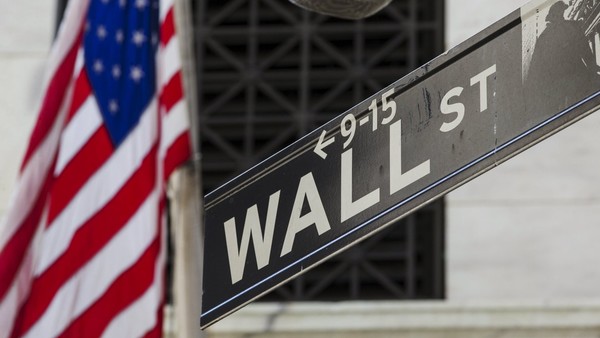’Tis the season for eggnog, awkward office parties, shopping mayhem and strategists to push out forecasts that Treasury bond yields will rise in the coming year. But will their predictions finally come true in 2016?
That these forecasts have consistently been proven wrong year after year has not deterred the sellside brains trust. The 10-year Treasury yield will rise from its current 2.17 per cent to 2.8 per cent by the end of 2016, and just a whisker below 3 per cent in the first few months of 2017, according the average forecast of analysts polled by Bloomberg.
To be fair, there are solid reasons to believe that this is the year that US government debt will finally suffer at least a mild sell-off. First and foremost, the Federal Reserve will in all likelihood tighten monetary policy later this month, drawing a curtain on the era of zero interest rates.
While Fed officials have been at pains to stress that the coming tightening cycle will be gradual and shallow, the first rate rise is likely to abruptly crystallise in investors’ minds the fact that even dovish policymakers forecast a higher rate path than the market is pricing in. It could become a bleak midwinter for investors positioned complacently, especially in the shorter two-to-five year end of the Treasury bond curve (bills are likely to be inoculated by ravenous money market fund demand).
Inflation will probably rear its head again next year, as the impact of last year’s oil price collapse and this year’s dollar strengthening begins to fade from the consumer price index. The strong labour market is also starting to produce better wage growth. While no serious economist expects prices to spiral, all things being equal the main US inflation gauge will return to about 2 per cent next year. Hardly apocalyptic, but certainly enough to force an investor reappraisal of where Treasuries should trade.
Moreover, central bank reserves are eroding in the developing world, undercutting one of the main pillars of support for the past two decades, a process that Deutsche Bank has dubbed “quantitative tightening”.
Yet there are also powerful, fundamental factors that will restrain US Treasury yields, especially longer-term ones, which could even push them lower in the coming year.
Firstly, supply is going to fall sharply in 2016. The US government was forced to restrict bill sales this year because of the debt ceiling stand-off, but with that lifted it is going to boost issuance of shorter-term debt significantly to meet the increasingly ravenous demand from money market funds. At the same time, a narrowing budget deficit reduces the need for the US to borrow money.
As a result, George Goncalves at Nomura estimates that net US debt issuance will fall by a quarter to below $1tn in 2016, below that mark for the first time since 2008. Excluding bills the net supply of Treasury bonds will slip by 14 per cent to just $323bn. And the Fed is not going to deflate its balance sheet any time soon.
Second, powerful international forces will help keep a lid on Treasury yields. The European Central Bank disappointed this week, but unveiled another deposit rate cut and extended its quantitative easing programme. The Bank of Japan will probably soon follow suit, and most other central banks are very much in easing mode. US Treasury yields may seem desultorily low to many Americans, but they are salivatingly high to Europeans and Japanese investors.
That could counteract any further selling by overseas central banks. JPMorgan estimates that while they offloaded $162bn of Treasuries this year, foreign private institutions bought $195bn over the same period.
Money managers are therefore mostly less negative on Treasuries than analysts. Many are betting that “curve” of the US government debt market — the slope set by the yields of the various maturities — will flatten considerably in 2016, as Fed hikes lifts short-term yields, but robust demand and falling supply keep longer-term yields in check.
This seems like a reasonable assumption. Yet the possibility — faint but real — that longer bond yields could actually fall remain under-appreciated. Investors should remember that betting on a Japanese bond sell-off has been the proverbial “widow-maker” trade for decades. Only two of 73 analysts polled by Bloomberg predict the 10-year Treasury yield will fall below 2 per cent again. Perhaps there lies the real complacency?


Comments
Post a Comment